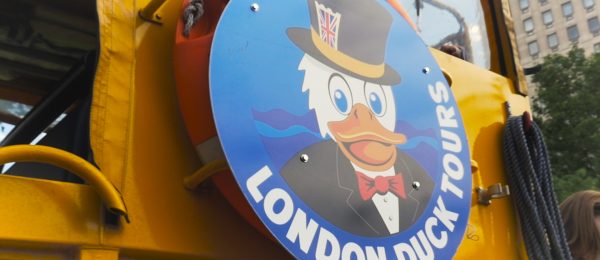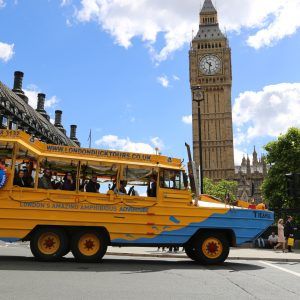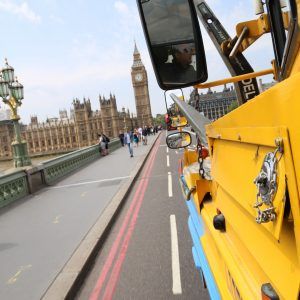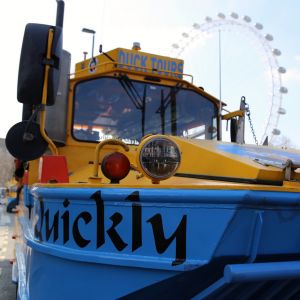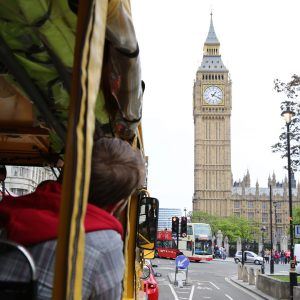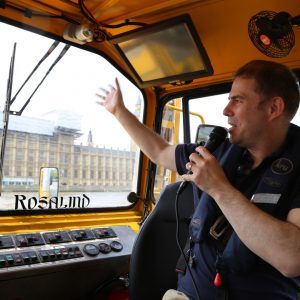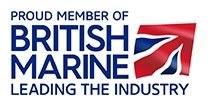A Brief History of Ducks
There are few vehicles in history that have been as successful or enduring as the DUKW, or as we at London Duck Tours affectionately call them, “Ducks”.
The DUKW was the product of two very impressive parents, the General Motors Corporation (GMC – who provided the automotive components) and the celebrated New York City yacht designers Sparkman & Stephens who gave the new vehicle its sea-going capabilities.
During the early days of World War II, the allies were faced with a tough tactical problem: how could they unload cargo and men from their ships in places where the dock facilities had been destroyed, simply did not exist, or to coastlines that were heavily guarded? The answer was to unload cargo directly onto the beach. The question was; how to achieve this objective? An amphibious vehicle that was half boat and half truck that could run on land and water was invented; a DUKW.
The code-name DUKW can be broken down into its four constituent letters:
D = First year of production code “D” is for 1942
U = Body style “U” utility truck (amphibious)
K = Front wheel drive
W = Two rear driving wheels (tandem axle)
It wasn’t long before the Ducks were playing a crucial role in the allied invasions in Sicily, the Pacific, and the biggest invasion of all, D-Day. In fact, more than 40% of all over-beach supplies in Normandy were transported by the Ducks during the first four months. The Ducks played a vital role in World War II and were originally used to carry supplies from ships to points on land, negating the need for loading and unloading of smaller boats which saved time and countless lives.
After the Second World War the allies kept a reduced number of DUKWs in service. When the conflict in Korea (1950 – 1954) began, the U.S. DUKW came to the fore again.
In Britain, DUKWs were used in active military service until 1966 and the Royal Marines used them as military training vehicles until 2012.


